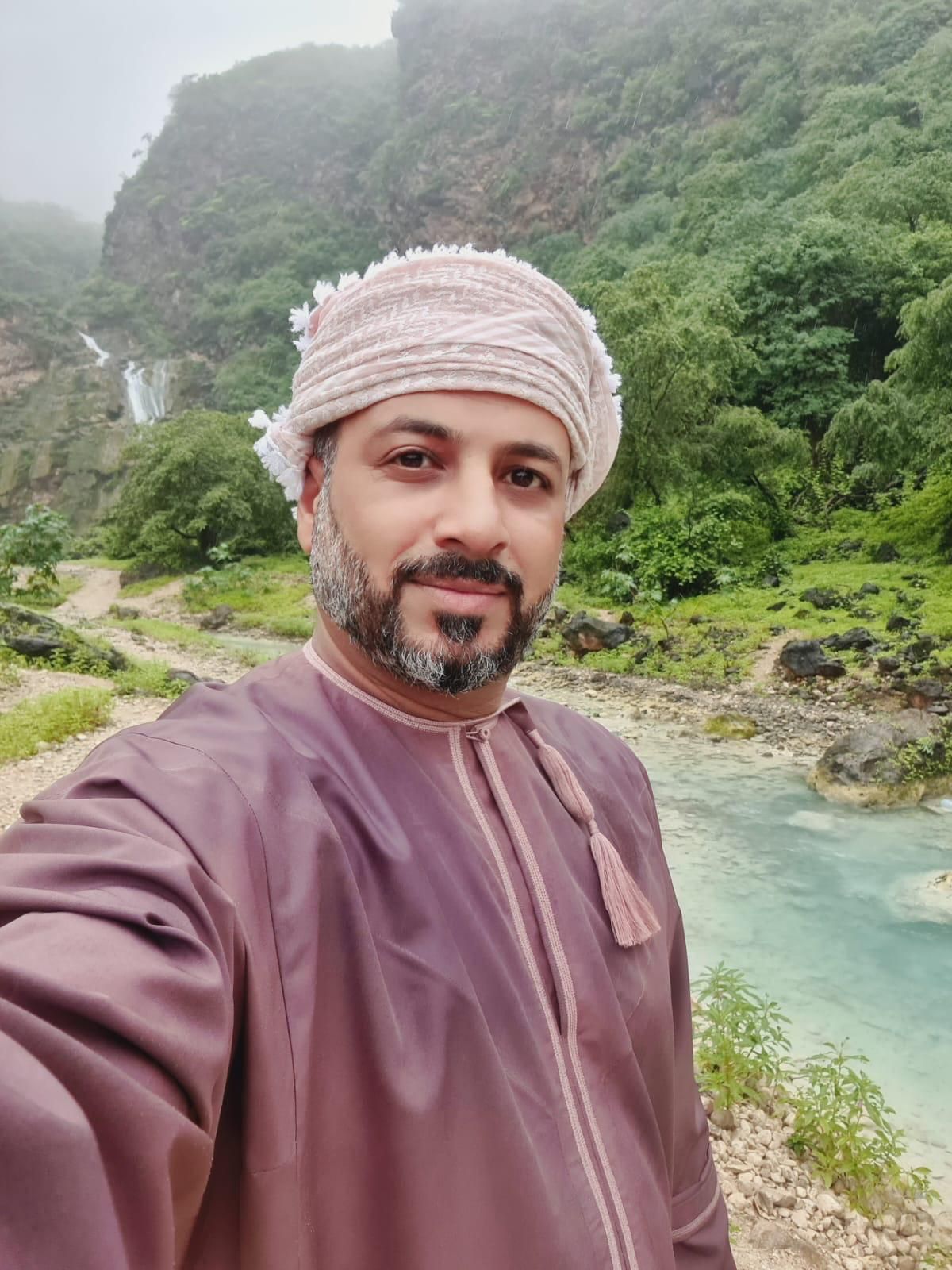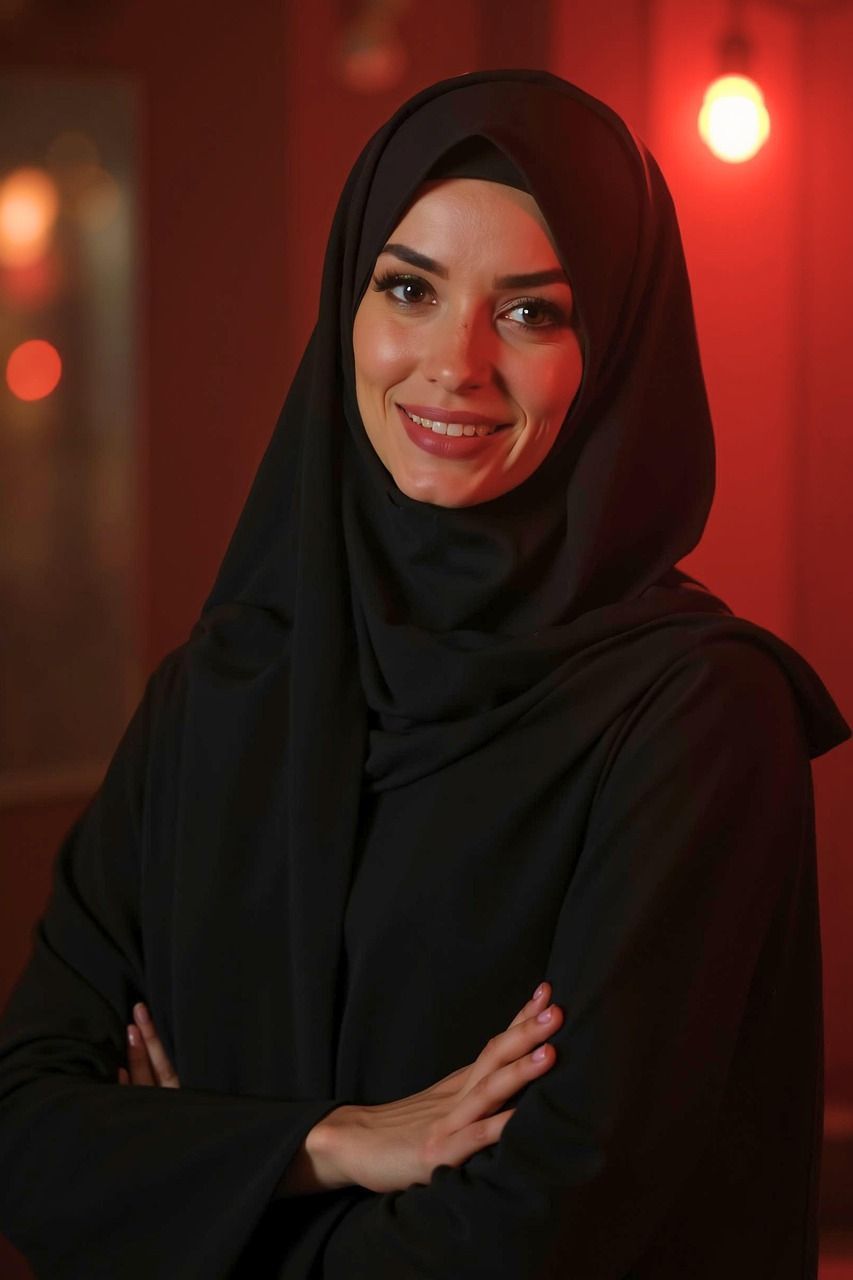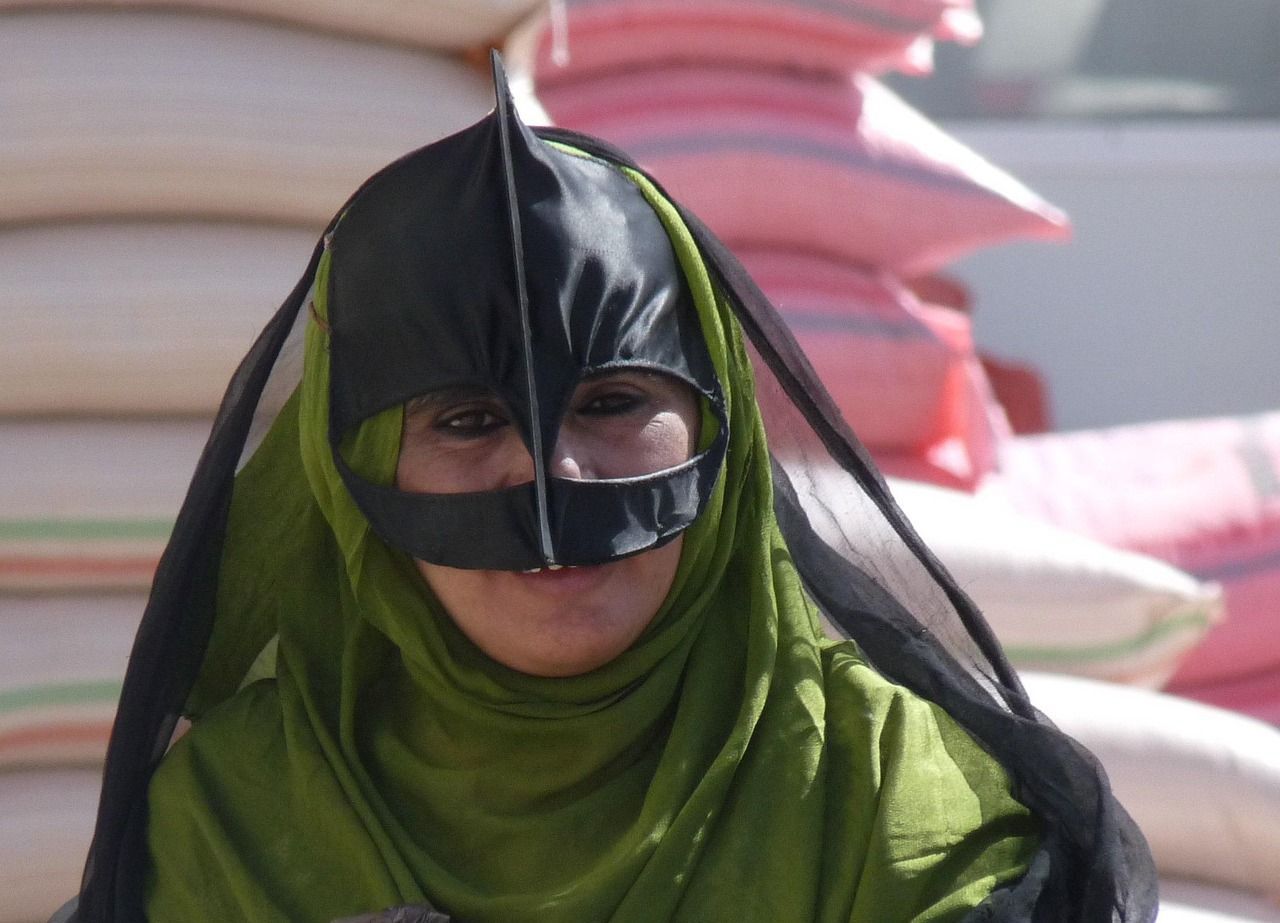The Omani Dress

What We Wear in Oman: A Personal Look at The Traditional Omani Dress
Hi, it's Ahmed - your Local Lynx.
Today, I want to take you beyond the mountains and souqs and into something deeply woven into our identity: traditional Omani clothing. What we wear isn’t just about the weather—it’s about history, heritage, and pride. From the crisp folds of a white dishdasha to the vibrant dresses worn by women across different regions, every outfit tells a story.
What Omani Men Wear
Let’s start with the men. Every day, I wear a dishdasha—a long, simple robe that’s usually white but can also be cream, grey, or brown. It’s light, breathable, and elegant. You’ll notice a little tassel at the collar—that’s called the furakha. We often scent it with perfume before heading out for the day. A small detail, but it carries a lot of pride.
Underneath, instead of trousers, we traditionally wear a wizar, which is a thin cotton cloth wrapped around the waist. It keeps us cool in the heat and adds comfort beneath the dishdasha.
On my head, I might wear a kumma (the round embroidered cap you’ll see many men wearing daily), or if it’s a formal occasion, I’ll wrap a massar—a colorful wool or cotton turban. The way it's tied and its pattern can say a lot about where a man comes from.
For weddings or national celebrations, we wear the full formal look: dishdasha, massar, and sometimes a bisht (a flowing cloak), along with a khanjar, the curved dagger that symbolizes our Omani identity and honor. It’s not just decoration—it’s tradition.
How Omani Women Dress
Now, Omani women have some of the most beautiful and regionally distinct clothing in the Arab world. In everyday life today, most Omani women wear the abaya—a long, flowing cloak—often paired with a headscarf (hijab) in public. The abaya is usually simple and elegant, mostly black but also worn in pastel colours and with intricate patterns. Some may feature subtle embroidery or detailing, allowing women to blend tradition with personal style.
Underneath, many still wear their regionally inspired dresses, especially for special occasions like weddings or festivals. Every area has its own colors, embroidery, and styles. Traditionally, women wear a long tunic called a kandura, paired with loose sirwal (trousers). The designs are stunning—rich fabrics, golden embroidery, and bright colors. And for special occasions, the amount of detail in the stitching is just incredible.
In Muscat, you’ll often see deep reds or navy blues with intricate gold work. Down in Dhofar, women wear even more colorful and flowing dresses with bold patterns—fitting for the greener, more tropical climate. In the interior regions like Nizwa or Ibri, the designs are more geometric and modest but just as expressive.


Head And Face Coverings
Headscarves are an important part of a woman’s attire here, and the style can change depending on her region or personal choice. Many wear a shayla, a lightweight scarf, draped in different ways. Others might wear a lihaf or a tighter hijab, especially in more conservative areas.
What’s really unique are the traditional
face coverings—and they vary a lot across Oman.
For example:
- The burqa, made from shiny black or indigo-dyed fabric, covers the nose and part of the face. My grandmother used to wear one when going to the souq.
- In Bedouin communities, some women wear the battoulah, a metallic-looking face mask.
- In some places, you might see a niqab, although it’s less common here than in other Gulf countries.
These face coverings aren't just about modesty—they're also about tradition, beauty, and even protection from the desert sun and wind.
Craftsmanship & Pride
Most traditional dresses are hand-sewn, often passed down or tailored for life events like weddings and Eid. Families still have local tailors who specialize in tribal embroidery. Each stitch, color, and pattern can mean something—like good fortune, protection, or belonging to a certain tribe.
Even today, during festivals or National Day, you’ll see young and old alike wearing traditional clothing with pride. It’s not just something from the past—it’s alive and well.
A Living Tradition
So when you come to Oman, don’t be surprised if you find yourself admiring the elegant dishdashas or the breathtaking dresses in the souq. Our clothing is more than just fabric.
It’s a living piece of our story—woven with hospitality, heritage, and a deep respect for our roots.
And if you have questions when you see something new? Ask! We love to share our traditions with open hearts.




